Key in a search term below to search our website.
Key in a search term below to search our website.
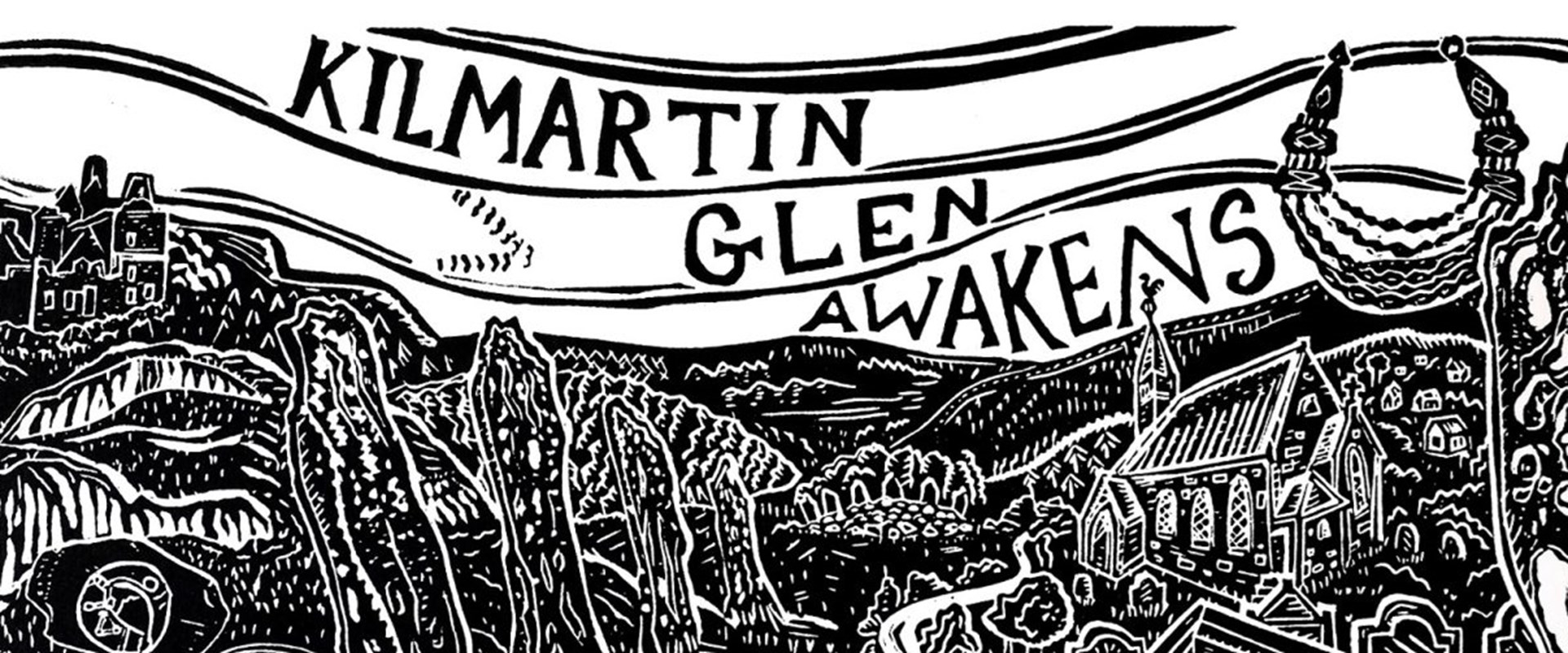
Located on the west coast of mainland Scotland, Kilmartin Glen is a dramatic landscape, a valley aligned north-east to south-west and bounded by steep-sided hills, with the wetlands of Moine Mhòr – the ‘great moss’ – expanding at the southern end.
The Glen is dotted with prehistoric stone monuments still visible today, as well as dense concentrations of breath-taking Atlantic rock art and massive burial mounds. Between 5500 and 3000 years ago, communities living here during the Neolithic and Bronze Age used the landscape as a backdrop for their ceremonies, expressing their cosmological beliefs through physical monuments and burial of their dead.
Some 1500 years later, the rocky crag of Dunadd, rising out of the great moss at the southern end of the Glen, served as the capital of the kingdom of Dál Riata during the early medieval period. Christian objects and carved stones from across the Glen reveal the ways that new belief systems mapped onto existing places of ritual.
The collections at National Museums Scotland are home to some of the most spectacular objects recovered from Kilmartin Glen. Each object has a story to tell, as well as contributing to how we understand the people living in this area at different times. Stone maceheads and carved stone balls highlight the Neolithic origins of wealth and status in the Glen. Around 2100 BC, highly decorative prehistoric pottery and exquisite necklaces were buried with the dead under great mounds of earth and stone – signs of the deceased’s elite status in life. A millennium later, during the Late Bronze Age, collections of bronze weapons, tools and ornaments were gathered and buried at spectacular points in the Argyll landscape, representing a belief system that spanned Europe.
In the early medieval period, Kilmartin’s ancient monuments became an arena for royal ceremony. Looking over the Moine Mhòr, kings of the Scots were inaugurated at the hillfort of Dunadd with great feasts of imported wine served in fine glass vessels. Craftspeople journeyed here from across Britain and Ireland for these gatherings, and traces of the wondrous jewellery they created can be glimpsed in the excavated workshop debris. Down in the Glen, carved stones show continued visitation and funerary rituals around the ancient burial monuments, until eventually Kilmartin Church was built overlooking them. Invocations of God and the Christian cross at Dunadd suggest the royal rituals there were eventually consecrated as well.
Artefacts from Kilmartin Glen can be seen throughout the National Museum of Scotland, notably in the Early People and Kingdom of the Scots galleries.
Explore stories and objects related to Kilmartin Glen below.
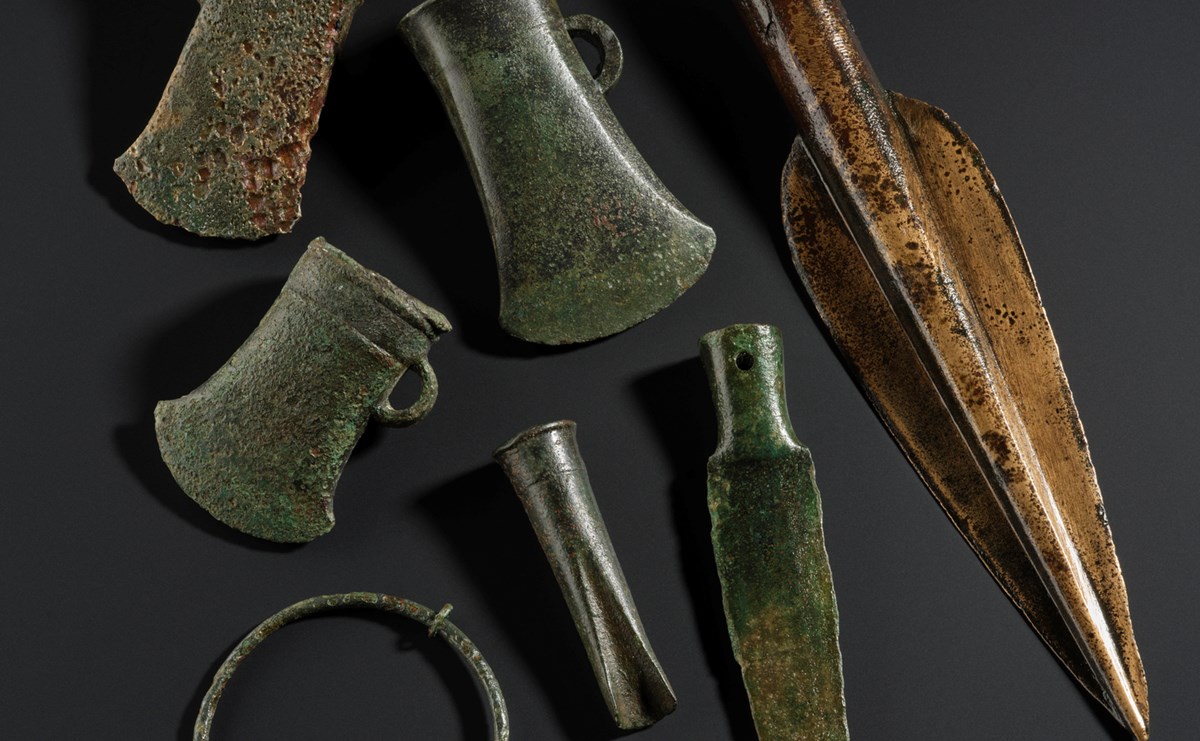
The nine surviving objects that make up the Torran hoard embody different aspects of Bronze Age life. Find out how a missing ferret led to a big dicovery...
Read now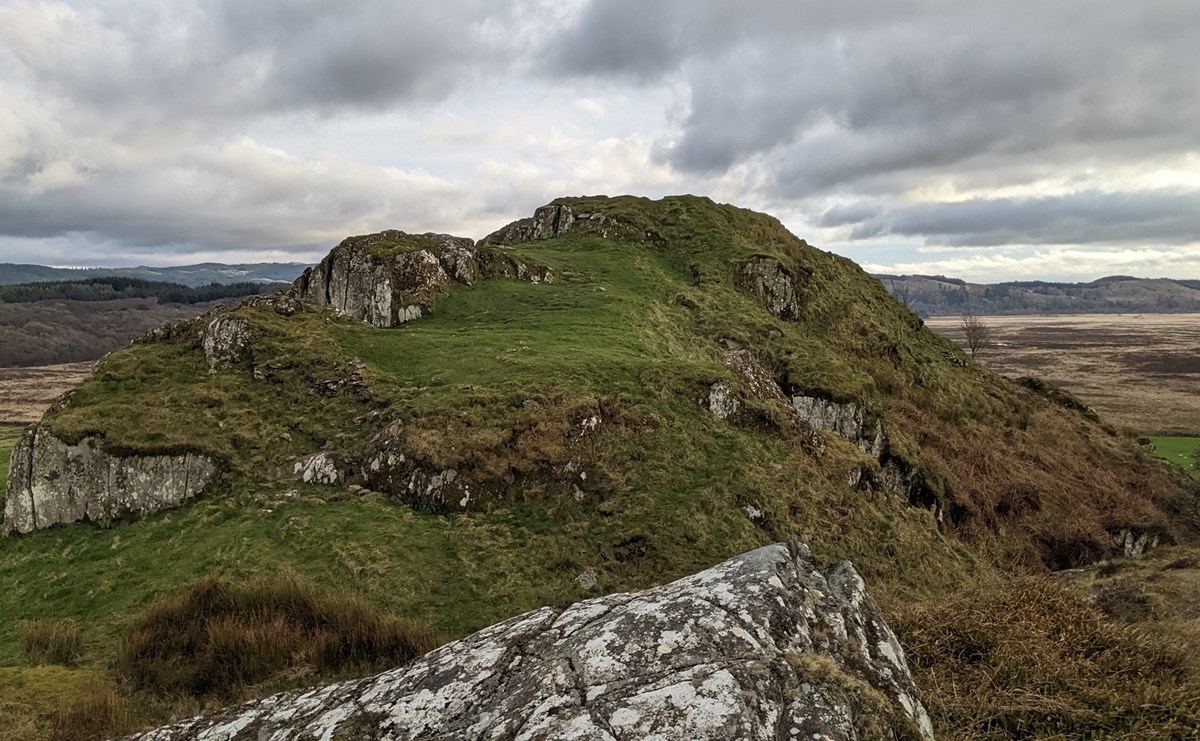
Uncover the hillfort of Dunadd, rising up from the wetlands at the mouth of Kilmartin Glen in Mid Argyll.
Read now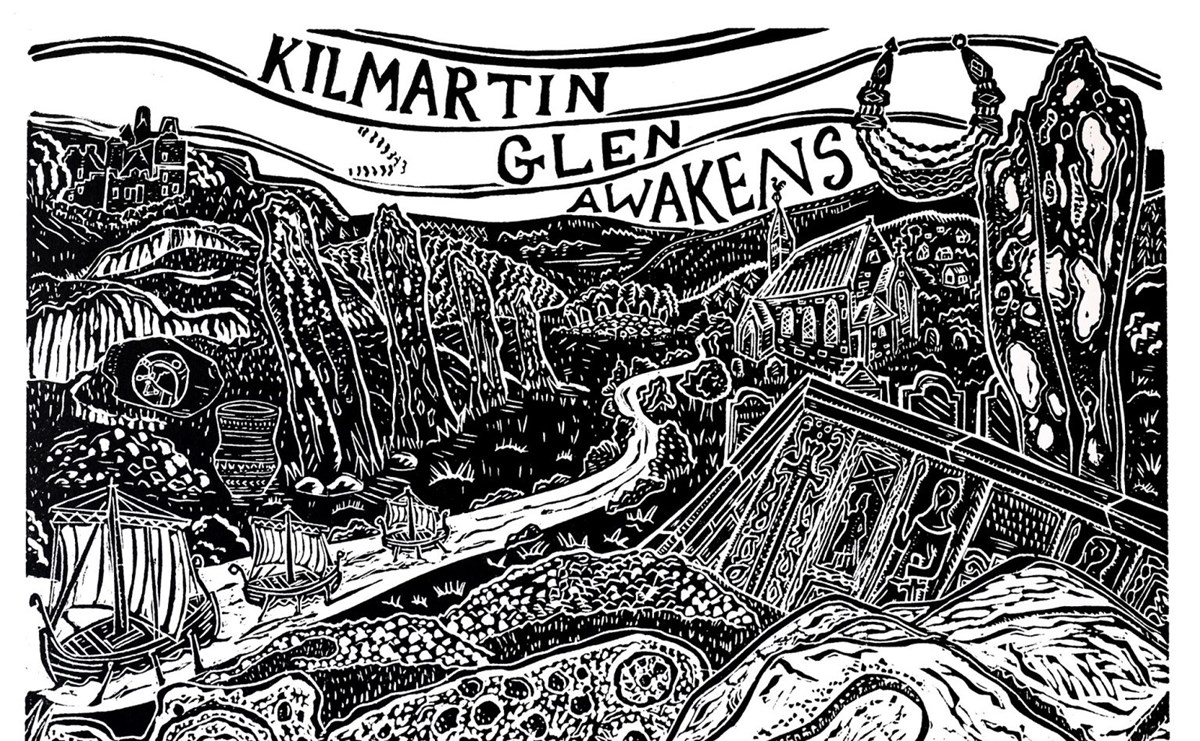
Learn more about how objects from Kilmartin Glen were made, used, found, and given meaning in this blog piece.
Read our blog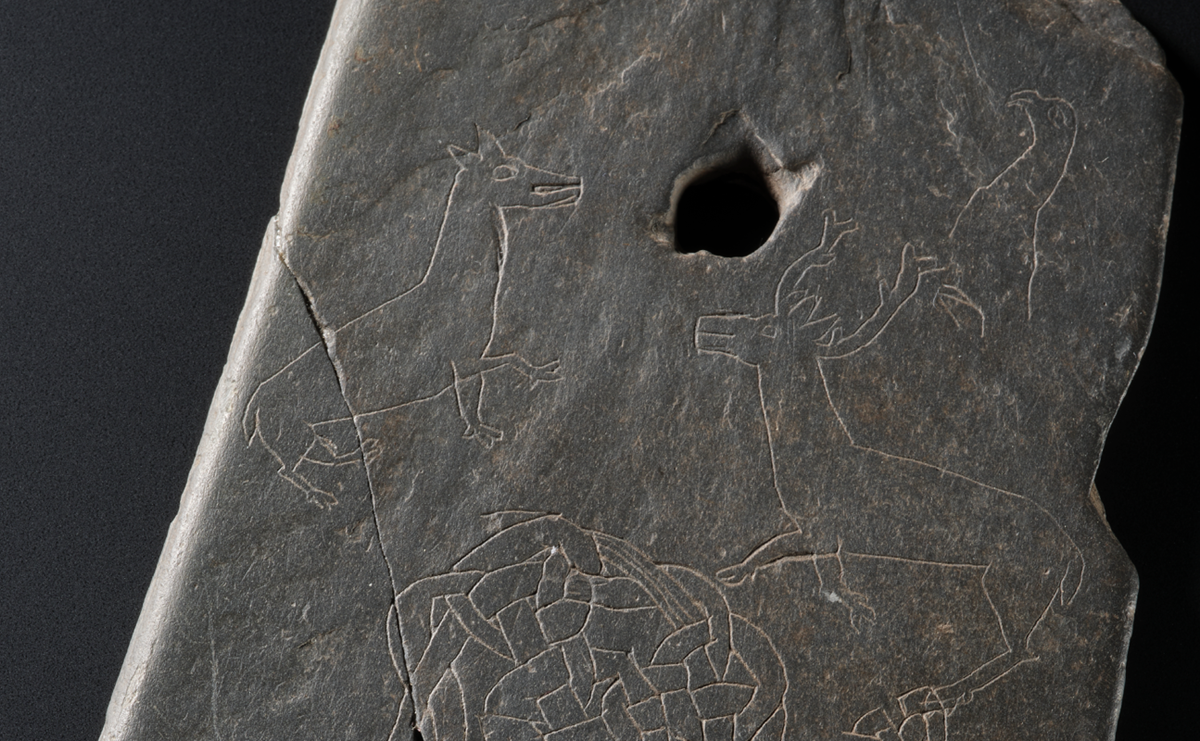
From Neolithic rock art and Bronze Age elite burials to the capital of the early medieval kingdom of Dál Riata at Dunadd, people have used Kilmartin Glen as an arena for ceremony and status over thousands of years.
Read now